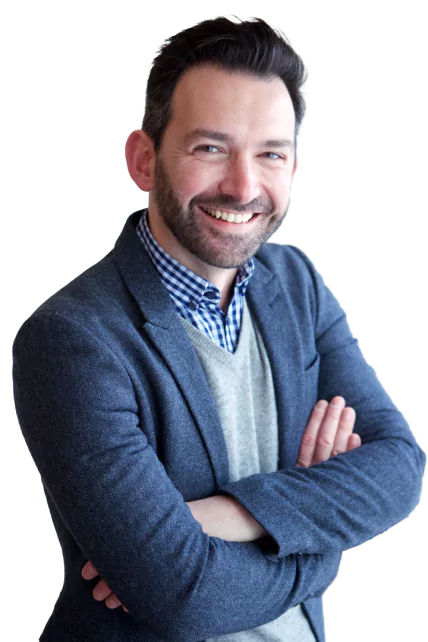The Significance of TOGAF in Enterprise Architecture
What is TOGAF? And what does it stand for? TOGAF, which stands for "The Open Group Architecture Framework," is a prominent and internationally-recognised framework for Enterprise Architecture (EA). It serves as a comprehensive architecture content framework, providing guidance on the creation and management of architecture building blocks, which are essential components in developing an effective EA.
But is it a framework or a methodology? TOGAF is a proven EA methodology and framework used by the world's leading organisations to improve business efficiency.
Why adapt the TOGAF framework?
There are many benefits to using TOGAF for business architecture; below are just a few:
Decreased cost – Most of the upsides of EA have a cost-benefit. Without it or by providing significant business advantage, there’s no point. However, it’s ‘challenging’ to produce figures in most cases.
Organisation reference model – Amongst other benefits, having a good idea of what you have now gives a better chance of executing change reasonably efficiently, ultimately contributing to the development of a comprehensive architecture roadmap.
Reduced effort – Endeavours such as design, development and business-as-usual (BAU) should become easier/quicker, thus leading to the delivery of projects with higher business value.
Increased visibility – Information about people, processes and systems is easier to access.
The benefits of a TOGAF course
This standardised framework plays a pivotal role in shaping the field of EA and is instrumental in guiding organisations towards achieving effective and efficient IT and business operations. Beyond understanding it, booking and sitting a TOGAF training course with Lumify Work offers the following benefits:
A globally trusted, standardised framework: At its core, TOGAF is a comprehensive and proven EA methodology and set of tools for developing and managing EA. It offers a systematic approach to designing, planning, implementing, and governing enterprise information technology architectures. What differentiates TOGAF is its status as a globally accepted and vendor-neutral framework. This means organisations and professionals worldwide can rely on TOGAF as a common reference point for EA, ensuring they share consistent standards and practices.
Certification for EA professionals: TOGAF certification is highly regarded in the industry and serves as a mark of expertise for EA professionals. It signifies that individuals possess a deep understanding of the TOGAF framework and are well-equipped to apply its principles in real-world scenarios, including the negotiation and management of architecture contracts to ensure alignment with organisational goals. This certification is often sought after by architects, consultants and IT professionals looking to enhance their career prospects in the field of EA.
A comprehensive approach to EA: TOGAF provides a structured and holistic approach to EA. It guides practitioners through a series of phases, known as the Architecture Development Method (ADM), which encompasses everything from initial architecture vision to final implementation and ongoing architecture governance. By following the ADM, organisations can align their technology and business strategies, improve decision-making, and optimise their IT investments.
Vendor neutrality and flexibility: TOGAF's vendor-neutral stance is a strategic advantage. It does not favour any specific technology, product, or service provider, making it adaptable to various organisational contexts. This neutrality ensures that TOGAF remains relevant in diverse industries and environments, making it suitable for both private and public sectors.
Support for digital transformation: In today's fast-paced digital landscape, TOGAF is particularly relevant as it helps organisations navigate the complexities of digital transformation. It provides a structured framework for modernising IT systems, adopting emerging technologies, and optimising processes to meet evolving business demands.
Collaborative community and continuous improvement: TOGAF benefits from a vast, active user community. The Open Group, the organisation behind TOGAF, encourages collaboration and feedback from practitioners worldwide. This collaborative approach fosters continuous improvement of the framework, ensuring its relevance and applicability in an ever-changing technological landscape. Moreover, TOGAF supports the establishment of an architecture board within organisations, facilitating effective governance and decision-making processes in EA initiatives.
TOGAF is more than just a framework; it is a globally trusted and standardised approach to EA. It empowers organisations to align their technology and business strategies, optimise their IT investments, and drive digital transformation.
TOGAF training and certification allows transition architects and EA professionals in NZ to enhance their skills and distinguish themselves in EA. By promoting vendor neutrality, flexibility, and collaboration, TOGAF remains a cornerstone in the world of EA.



